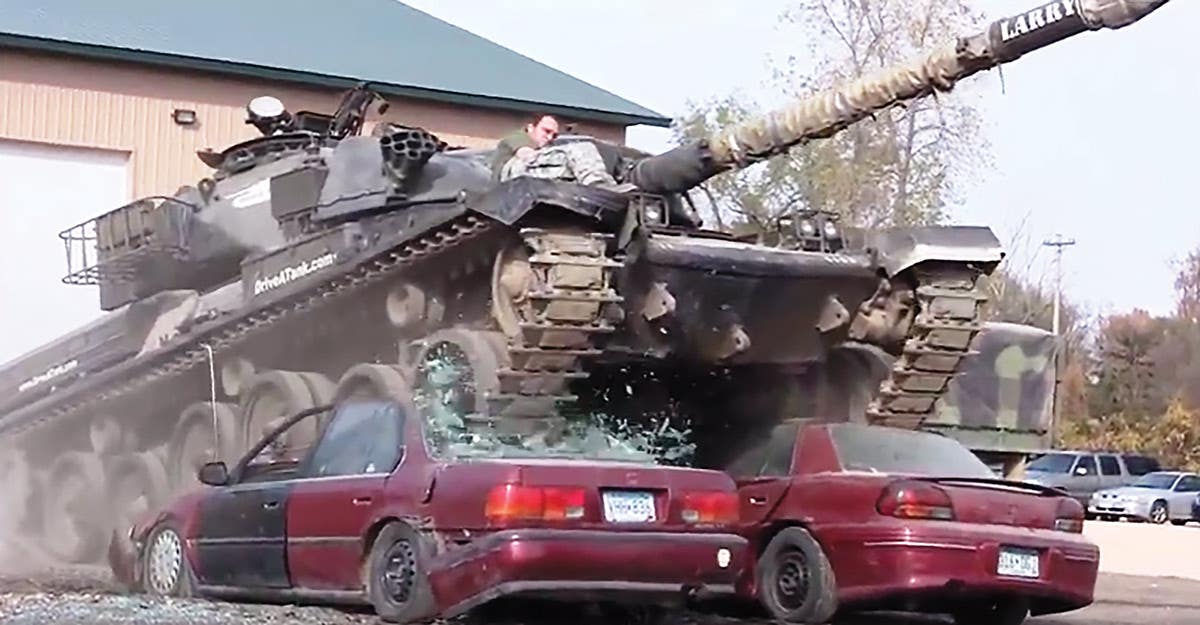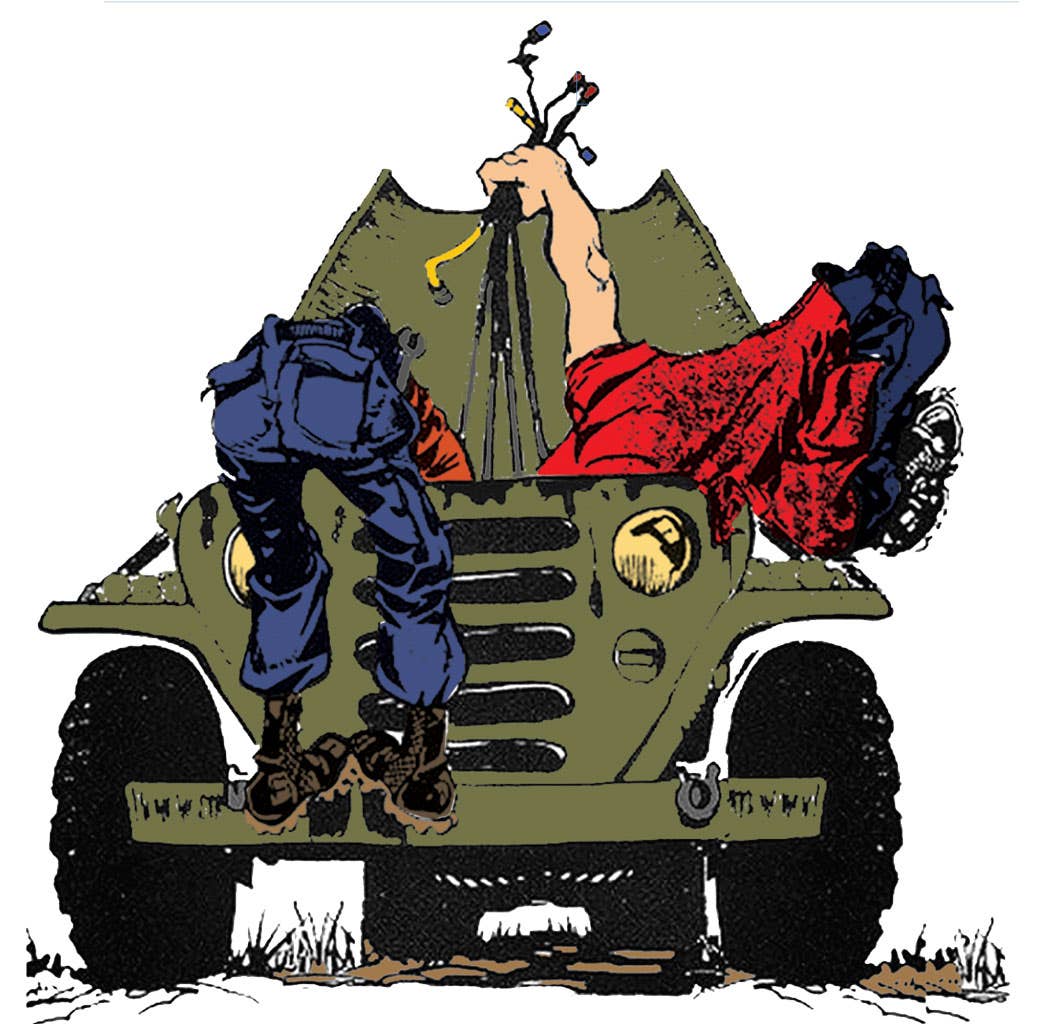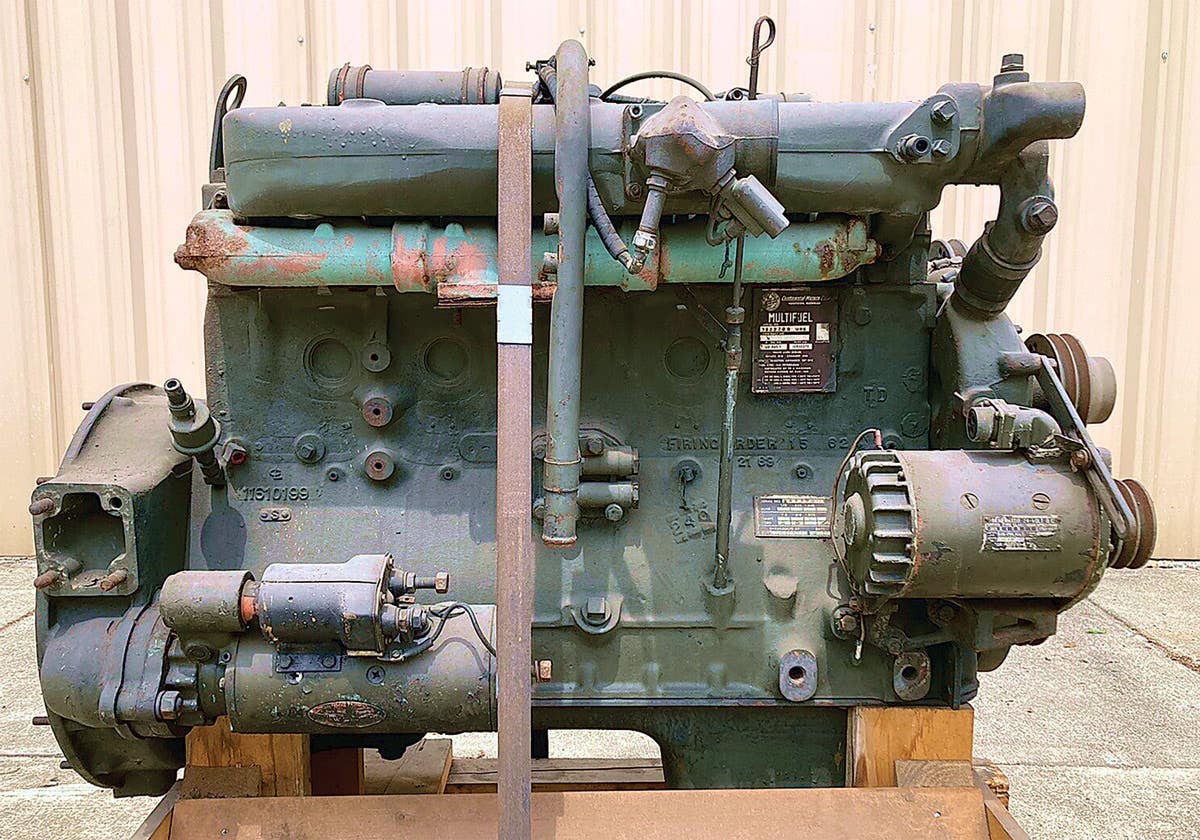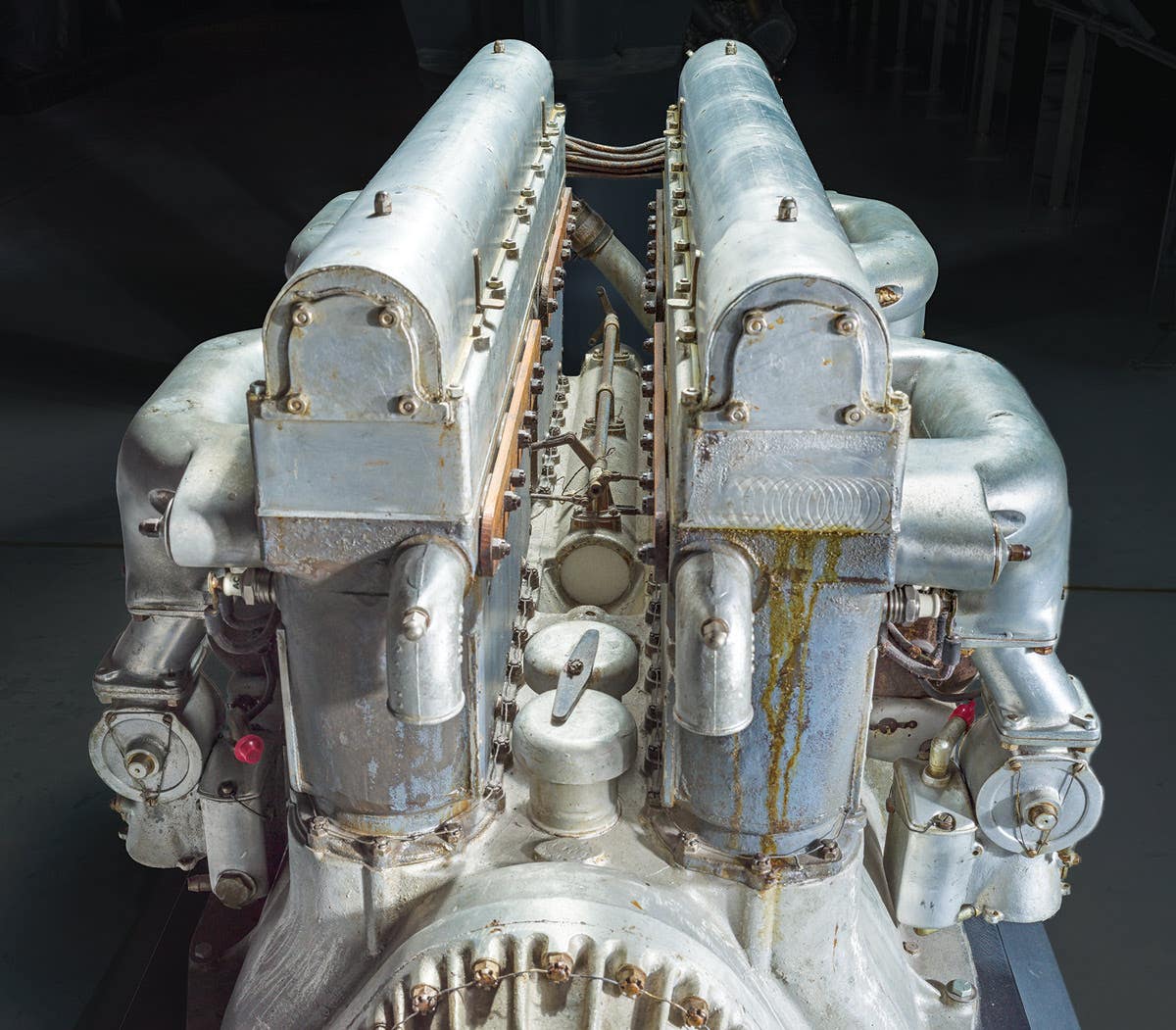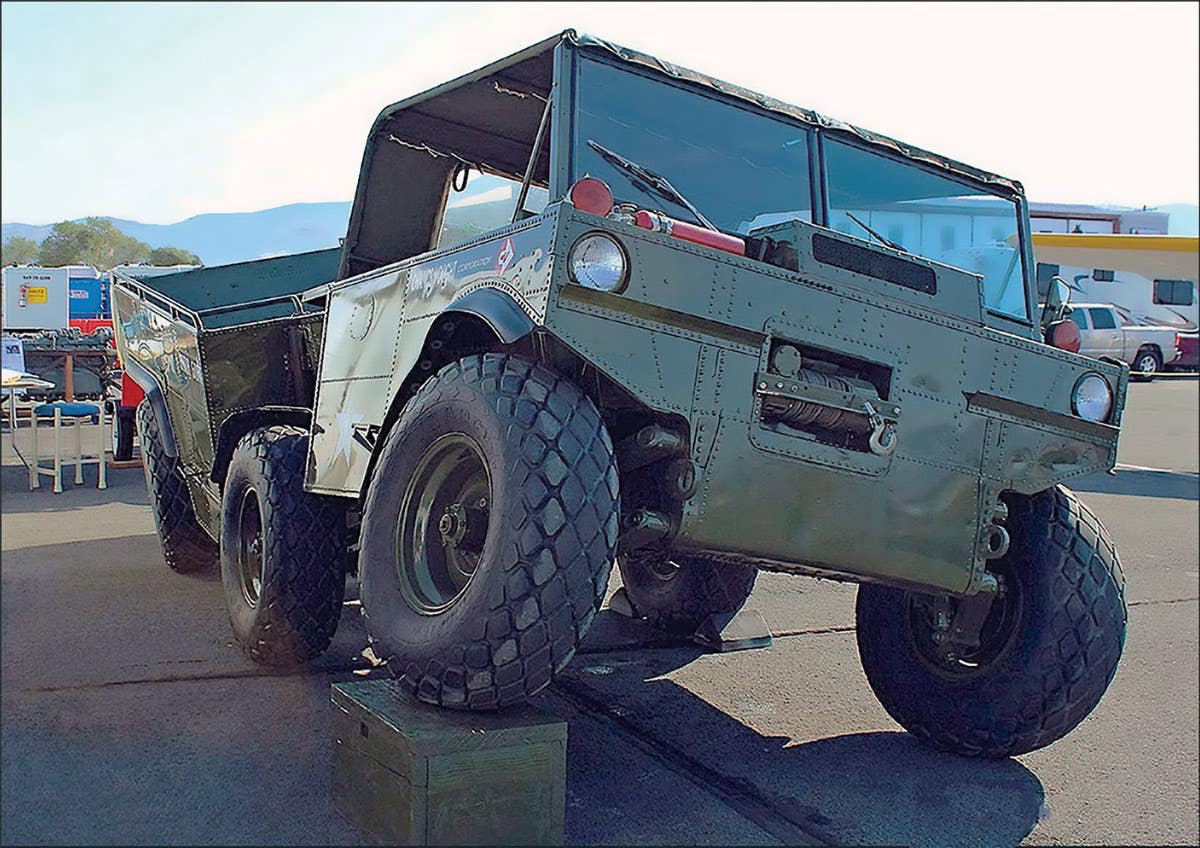Polaris Unveils Two Vehicles in the Middle East
Polaris Government and Defense has launched two new vehicles, the DAGOR A1 ultralight ground mobility vehicle and the MRZR-X multimode connected vehicle, both of which are being displayed for the…
Polaris Government and Defense has launched two new vehicles, the DAGOR A1 ultralight ground mobility vehicle and the MRZR-X multimode connected vehicle, both of which are being displayed for the first time in the Middle East.
The DAGOR A1, the latest model in the range, has been developed in response to customer requirements for increased platform mobility and a 20 per cent boost in payload up to a maximum of 1,814kg. It also has an increased ride height for improved obstacle clearance and can carry up to nine war-fighters and their equipment.
Its modular design allows rapid reconfiguration for different battlefield missions, including squad carrier, personnel recovery kit or the so-called Ultra-Light Combat Vehicle configuration used by Canadian Special Forces. Recently developed elements include newly designed fuel or water cans that can be quickly placed in several locations using the cargo box aircraft rails. In addition, there are RF antenna mounts and a tailgate that is aircraft rail compatible for convenient storage options for the tailgate’s 227kg capacity.
Senior director Mark McCormick said “DAGOR A1 is our answer to operators that are asking for more payload and mobility.
It is ideally suited to provide enhanced tactical mobility as well as command and control for infantry forces at the squad, company level and higher.”
Polaris also introduced its MRZR-X multimode connected vehicle at the AUVSI Unmanned Systems show earlier this year.
According to the company, the MRZR-X provides an evolving, robotics-capable, multimission platform and has worldwide commonality with the standard MRZR, which is used by the US armed forces and more than 30 other countries.
The MRZR-X has various modes of operation, including traditional operator driving mode and multiple levels of autonomy. The latter include the capability for remote control, tele-operation, follow-me, leader-follower and full autonomy.



